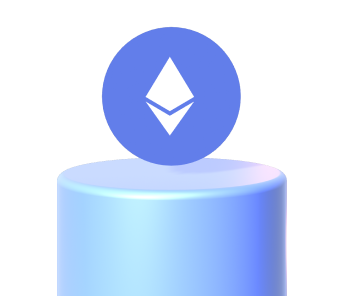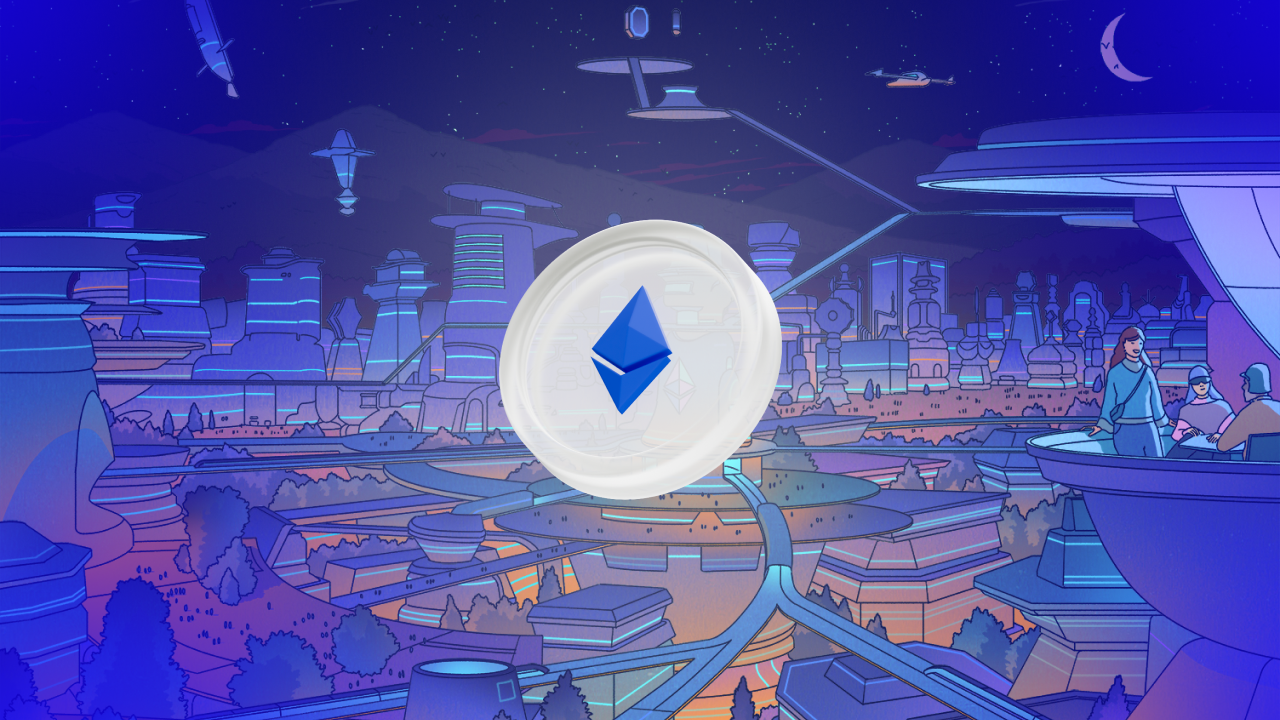The Ethereum Pectra update is set to arrive on May 7. This article explains what it is, how it works, and the improvements it introduces.
The Ethereum Pectra update is set to be activated on the Ethereum blockchain. Currently undergoing testing, this update has clear objectives: to enhance the network’s speed, scalability, and user-friendliness.
With the Pectra update, users will no longer be required to pay gas fees solely in ETH. Additionally, it aims to improve the execution of smart contracts. In the long term, innovations such as Verkle trees and Peer DAS are expected to make the entire network more affordable, powerful, and capable of accommodating millions of additional users.
Pectra may not be as well-known as The Merge, but has the same revolutionary potential. It is a hard fork, representing a significant structural change that will create a clear division between the ‘before’ and ‘after’ of the Ethereum blockchain. The name Pectra comes from combining two distinct updates: Prague, which affects the execution layer and Electra, which impacts the consensus layer. For example, in 2024, with Dencun (from Deneb + Cancun), Pectra merges two components into one evolutionary upgrade.
How does Pectra work?
To truly understand what Pectra is and how it works, we must focus on practical aspects that are more effective for successfully mastering technology.
1. Account Abstraction
The Ethereum Pectra update’s first focus is account abstraction, a key concept that has gained significant attention in the on-chain world over the past two years. Account abstraction refers to a technology introduced through the technical proposal EIP-4337 on the Ethereum blockchain. It merges the functionalities of traditional accounts with smart contracts, resulting in the creation of smart wallets.
This innovation simplifies the user experience by eliminating the need for a seed phrase, automating transactions, and reducing gas fees. Account abstraction is the technology that will make decentralised applications (dapps) as seamless as traditional applications.
This change will also impact the current status quo, where users must hold at least a small amount of Ether (ETH) in their wallets to cover gas fees—transaction costs incurred whenever a transfer is made or when interacting with a dapp.
2. More efficient smart contracts
The second focal point of the Pectra update is the efficiency of Ethereum smart contracts, particularly concerning their execution. One planned improvement is the introduction of proposal EIP-7692, which consolidates several other technical proposals.
To summarise, this proposal alters how smart contracts are compiled from a coding perspective and managed overall. For example, contracts will be divided into sections with clear headers, making code analysis, maintenance, and security easier. New commands will be introduced to jump between sections, manipulate the stack, and read data more efficiently.
Additionally, code validation will occur only once during deployment rather than at each execution, which will help reduce costs and errors. These changes will occur at the bytecode level instead of in a high-level language like Solidity. In practice, the EVM Object Format (EOF) will change how Solidity code is compiled and executed within the Ethereum Virtual Machine (EVM).
3. More flexible validators
Let’s focus on the consensus front, where the Ethereum Pectra update will significantly improve the Ethereum network. Currently, a validator must stake a minimum of 32 ETH ETH to receive rewards. However, any amount staked above 32 ETH does not generate additional rewards; it remains idle and unused. The Pectra update will modify this system by introducing flexible staking (EIP-7002) and increasing the maximum staking limit per validator from 32 to 2048 ETH (EIP-7251). These changes will enhance the system’s flexibility and efficiency, particularly for entities managing large amounts of ETH, such as companies or institutional traders.
Another essential feature of the update is the “consolidation of validators.” This function will enable platforms like Lido, which stake on behalf of multiple users, to manage fewer validator nodes for the same amount of ETH. The outcome will be reduced pressure on the network, increased efficiency, and a more sustainable use of resources.
4. Verkle Tree
This integration is quite technical, so we will explain it without delving into the details. Verkle Trees will enable network nodes to store less data than currently. The outcome? A lighter, faster, and more scalable network.
This is a new and more efficient way of organising data compared to the current method. This change will ultimately make Ethereum more efficient and cost-effective to use in the long run.
5. Peer DAS for Layer 2
Ethereum relies on Layer 2 solutions, such as Arbitrum (ARB) and Optimism (OP), to enhance network scalability. With the recent Ethereum updates, Peer Data Availability Sampling has been introduced. This technology helps reduce costs and improve transaction speeds on these Layer 2 solutions by allowing rapid verification of transaction data without downloading it. It is a practical measure to keep fees low, even during periods of high on-chain activity.
A double update in two stages
Pectra will be released in two phases. The first phase, which will feature the more visible new enhancements, such as account abstraction and updates for validators, is scheduled to be released in less than a month, with the official date set for May 7, 2025. The second phase will focus on more technical improvements, including the EVM Object Format (EOF) and Peer DAS, which are intended to enhance Layer 2 solutions and smart contracts., This phase is expected to arrive in 2026. What is the impact on ETH price? Hard to say…
Ethereum is currently facing some challenges. After reaching multiple all-time highs, it has lost over 60% of its value and appears stuck in a continuous downward trend. For this reason, we are not confident that the Pectra update will significantly impact its price.
However, this update could pave the way for broader adoption and may positively affect Ethereum’s fundamentals, which is the most crucial aspect. With features such as the ability to pay gas fees using any token, more efficient writing and deployment of smart contracts, and flexible staking management, it’s clear that these enhancements make Ethereum more attractive to both developers and end users.In summary, Pectra is not just another upgrade; it represents a critical step toward creating a more scalable, affordable and accessible Ethereum network. This update is a quiet but significant stride toward overcoming the blockchain trilemma of scalability, security, and decentralisation, ultimately preparing the network for mass adoption.



